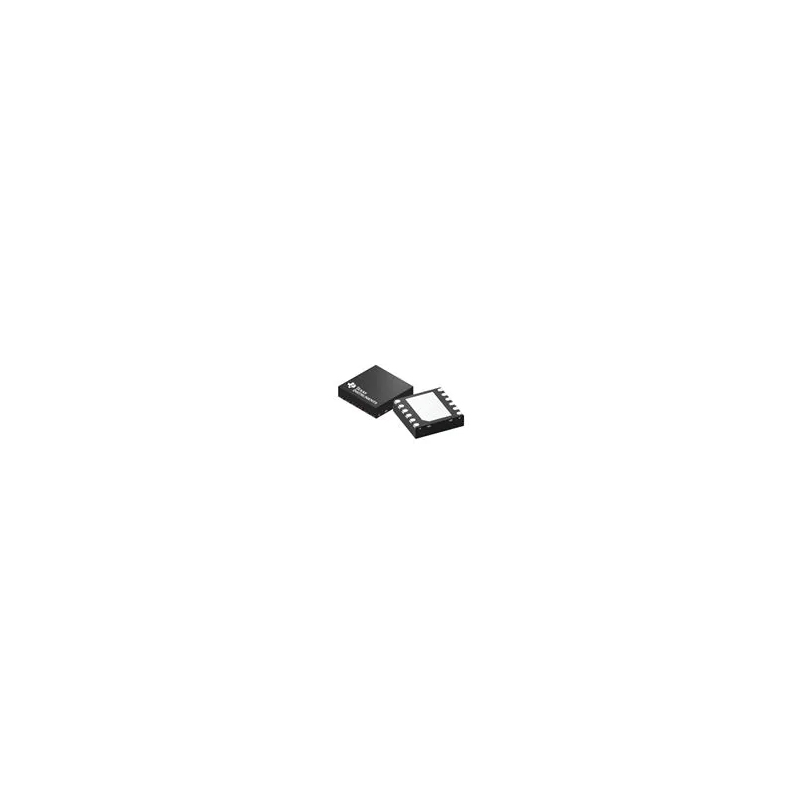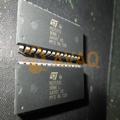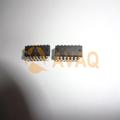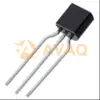IoT Transforms and Adds Value to Consumer Electronics Industry
 Published: Apr 26, 2023
Consumer Electronics
Share:
Published: Apr 26, 2023
Consumer Electronics
Share:
The global IoT consumer electronics market is expected to reach $124 billion by 2023 at a CAGR of 24.16%.
The Internet of Things (IoT) is taking consumer electronics to another level and could lead to the next wave of technological innovation. Consumer electronics is one of the keys to accessing the IoT. The availability of smartphones to every consumer has led to a boom in IoT in consumer electronics. Consumer electronics devices use Bluetooth, Z-wave, Zigbee, etc. to connect to IoT gateways which can be used to connect to the cloud.
IoT Redefines the Boundaries of Connected Consumer Electronics for OEMs
IoT in consumer electronics explores new revenue streams by providing services on top of the product, such as fitness trackers that subscribe to fitness plan services, smart vehicles that share location with friends or family in real time, vehicle health monitoring systems, vehicle alerts and notifications. Smart TVs or smart TV sticks that convert non-smart TVs into smart TVs open up revenue streams for OTT media services. Manufacturers access consumer behavior data and offer services that make consumers' lives effortless. Today, Amazon, Ayla and other cloud service providers offer cloud-connected agents that run on devices to reduce time-to-market. They offer more features than just remote control such as scheduling and OTA.
The IoT is changing the consumer electronics market through the way consumers interact with products, with manufacturers analyzing customer behavior to improve products and services for their customers. Let's look at some of the benefits of smart consumer devices in different categories for consumers and manufacturers.
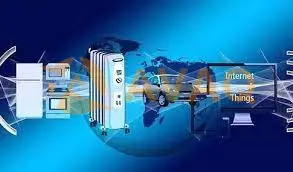
Improved Product Quality
In any form, consumers are constantly interacting with IoT devices, which generate data based on customer behavior, and manufacturers analyze this data to improve the quality of their products. For example, an IoT device uses a mobile app to connect to a home Wi-Fi router. The mobile app asks consumers about their experience with the feature and even reports faults, which can help the manufacturer focus on the feature and possibly use OTA to fix issues with the same version, or in the next version of a product where a hardware dependency exists. The way manufacturers can get feedback on features can help improve existing features or add new ones, and ultimately improve the overall quality of the product. The IoT is helping manufacturers accelerate overall product quality in a huge way.
Personalize the Experience
IoT devices push data to the cloud, which extensively helps companies understand consumer behavior and anticipate individual needs, so companies can provide solutions that matter to consumers. This will allow companies to offer customized solutions for all consumers rather than generic solutions, such as companies that can offer different fitness programs based on demand, and Netflix or Amazon Prime subscriptions based on the number of subscribers. Personalized offerings not only help increase sales of your products, but also gain your consumer satisfaction, which again translates into referrals.
Consumer Convenience
The IoT allows consumers to provide important information on their devices, such as manufacturing dates and scanning edible products for nutritional information, without having to explicitly inspect those products. Users can easily figure out which products are not expired or less nutritious based on this data and live a healthy lifestyle without manual work. The Internet of Things makes consumers' lives easier. For example, consumers can access a list of items from a smart refrigerator to keep track of items in terms of expiration dates and nutrition. It helps users to prepare shopping lists from anywhere using their smartphones as data/food available in the smart fridge.
Remote Device Monitoring
Consumers will be able to control electronics remotely without having a physical presence, which was not possible before the introduction of IoT. Consumers can now turn on the air conditioner on the way home and find the house cool when they arrive. Consumers can even check the status of their appliances from a remote location and save money on their electricity bills by remotely turning off the power when it is not needed. Consumers can even provide access to the house without being physically present, now with smart locks.
Use the OTA Quick Update Feature
Time-to-market is paramount for any manufacturer. The IoT makes it easy to collect data on new features through user interactions with IoT devices, and the industry can develop these features faster based on user experience without explicit investigation, which can be more time-consuming. For example, electronic devices with OTA support allow manufacturers to bring devices with basic functionality to market with the promise of offering compelling features through OTA as they mature. In this way, consumers can use OTA to gain access to new features from time to time.
The consumer electronics market is constantly changing, which creates new challenges for manufacturers in design, development and manufacturing. The following is a list of significant challenges faced by manufacturers:
- Managing multiple suppliers, designing and developing mobile, cloud, firmware, hardware and streamlining manufacturing
- Time-to-market is tied to a highly competitive market
- Ensuring product safety certification and compliance with international safety regulations
Recommend Products
Related Solutions
-
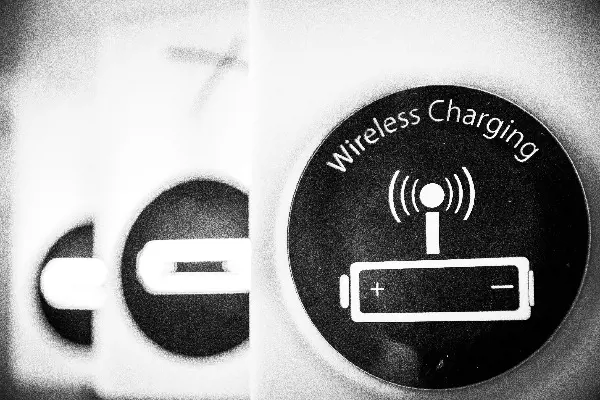
NXP Introduces High-Power Wireless Charg...
NXP Semiconductors announced the first high-power wireless charging solution for notebooks and 2-in-...
Apr 28, 2023 Consumer Electronics -

Multifunctional Street Light Automatic C...
The street light automatic controller is suitable for the automatic control of street lights in resi...
Apr 26, 2023 Consumer Electronics -

How Can IoT Solution Providers Build a S...
The Internet of Things (IoT) has been attracting a lot of attention in the industry for its security...
Apr 25, 2023 Consumer Electronics -
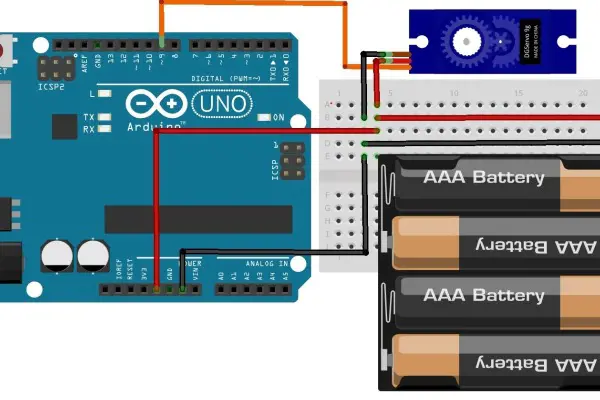
ADI Proposes a Solution for Servo Motor ...
For motor control solutions, ADI offers a comprehensive portfolio of products, including analog-to-d...
Apr 25, 2023 Consumer Electronics -
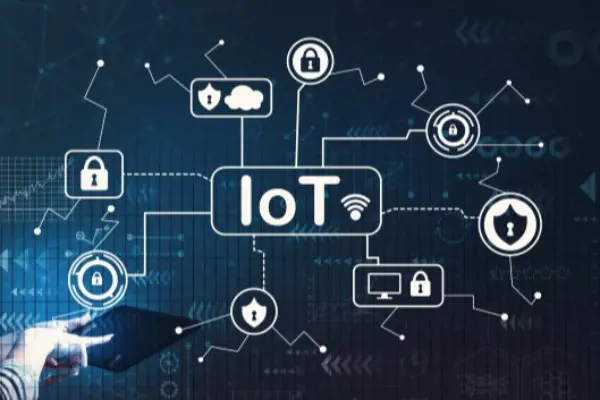
IoT Transforms and Adds Value to Consume...
The Internet of Things (IoT) is taking consumer electronics to another level and could lead to the n...
Apr 26, 2023 Consumer Electronics -
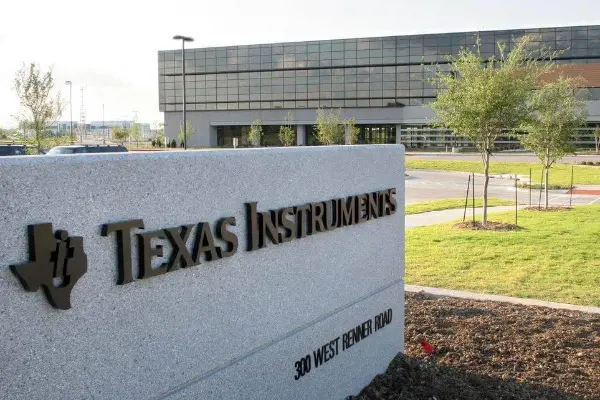
Texas Instruments Programmable Logic and...
Programmable logic controllers (PLCs) and programmable automation controllers (PACs) process and con...
Apr 26, 2023 Consumer Electronics

 Update Time: Apr 26, 2023 Consumer Electronics
Update Time: Apr 26, 2023 Consumer Electronics